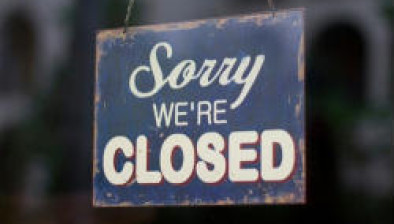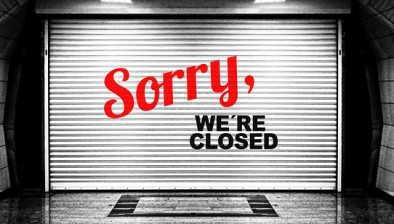Scottish retail vacancy rates surge to 18-month high

Scottish retail vacancy rates have risen to a concerning 15.9% in Q2 2023, marking a 0.2 percentage point increase from the same period in 2022, with high street and shopping centre vacancies hitting 15.1% and 20.7%, respectively, according to Scottish Retail Consortium and Local Data Company’s Q2 2023 Vacancy Monitor figures.
In contrast, retail park vacancies have seen an improvement, dropping to 9.4%, making them the location with the lowest vacancy rate.
David Lonsdale, director of the SRC, branded the figures as “cheerless” for Scotland’s retail industry, underscoring the adverse impact of the pandemic and the associated cost crunch.
He noted that the “proportion of empty units is a quarter higher than three years ago”, hitting the highest levels in eighteen months. Despite these challenging circumstances, retail parks managed to exhibit resilience, owing to their favourable occupancy fundamentals and smaller lot sizes.
Mr Lonsdale highlighted an urgent need for policy intervention to reduce the operating costs of premises. He emphasised: “With stores here missing out on rates relief available to their counterparts in Wales and England, Scotland’s shopkeepers will be looking to ministers and their tax advisors to get a grip on the onerous headline business rate and to deliver on the government’s ambition to ‘use business rates to boost business’.
“After all, the business rate is at a 24-year high and government forecasters have pencilled in a chunky uplift for next Spring which if implemented would add £34 million to retailers’ rates bills.”
He called on the Finance Secretary to “carefully assess the impact on firms and hard-pressed retail destinations” when setting the business rate in the Scottish Budget.
Lucy Stainton, commercial director of the Local Data Company, wasn’t surprised by these developments, attributing the rise in vacancy rate to economic pressures like escalating interest rates and inflation, diminished consumer spending, and dwindling confidence.
Ms Stainton noted: “Retail is a diverse industry; each retail and leisure subsector faces its own unique challenges, but also, importantly, has its own unique strengths. As the only location type to see a decrease in long-term vacancy (more than three years) this quarter, retail parks continue to prove resilient, bolstered by their strong occupancy fundamentals and relatively small lot sizes.
“Retail parks have shown us excellent examples of agile strategy in action, splitting larger units into smaller ones or converting space for alternative uses to successfully revitalise vacant stock. The current climate is undeniably difficult, but it should not be overlooked that today’s retailers are more innovative and future-thinking than ever.”
In light of the ongoing trend, Ms Stainton warned of a gradual increase in vacancy rates, even though recent surges have not been dramatically significant.







